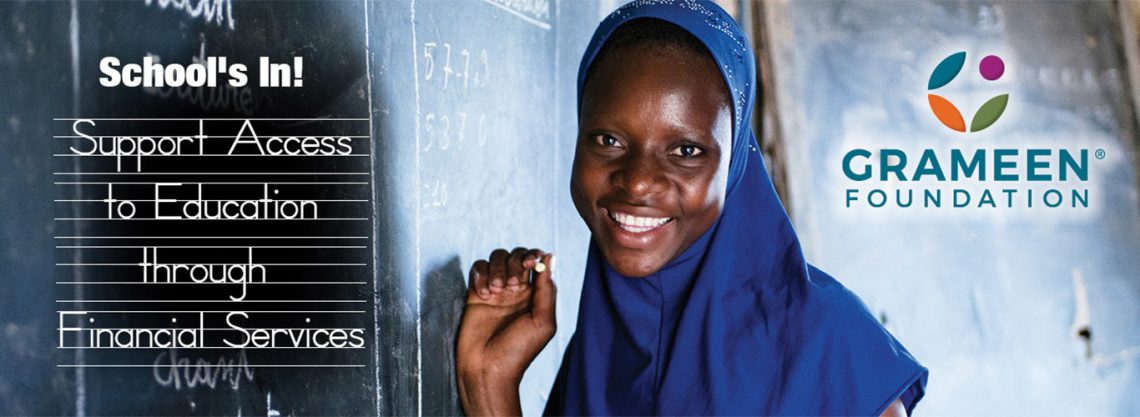Make your 2X MATCHED gift today!
This week only: Every $1 will be matched with $2 to enable women worldwide.
This week only: Every $1 will be matched with $2 to enable women worldwide.
Posted on 08/08/2018

Ask any parent what they want for their children and you'll invariably get the same answer: a better life than they had. A better job, a nicer house, a healthy family, happy children. And most see education as the path for getting there.
Yet, while more than 50 million kids across the U.S. are back in school, filled with excitement, expectation and promise, that morning bell does not ring for more than 260 million school-aged children and youth around the world. Yet they are just as hungry to learn and their parents are just as determined to give them that better life. Their stumbling block is money.
Though elementary school is technically free and compulsory in most countries, government resources are often too strained to follow through. As a result, families may be required to pay fees for supplies and other necessities. Others turn to the low-cost private schools that spring up to fill the gap. But many parents simply cannot afford to send their children to school.
The challenges are acute in parts of Africa, where almost half of adolescent girls and more than one-quarter of elementary-age girls are out of school. Boys are also affected: 44 percent of adolescent boys are out of school, along with 22 percent of elementary-age boys.
But an extra year of secondary school for girls can increase their future earnings by 10-20 percent. And girls with secondary schooling are up to 6 times less likely to marry as children than those with little or no education.
Parents are right: with education their children can break through generations of poverty. And financial services can make it possible.
When women have access to reliable financial services, one of the first things they do is invest in their children's education, paying school fees and saving for higher education.
But nearly 1 billion low-income women have no access to loans, savings and formal financial services that can help their families.
That’s why Grameen Foundation designs financial services to meet the specific needs of poor women and families. Digital financial services, in particular, can put women on the road to economic empowerment. Access to appropriate financial services enable women and families to build assets, manage risk—and keep their children in school.
Although their circumstances differ, these women share the same dreams as do mothers everywhere, and financial services are just as important.
#HerBreakthrough in financial services means more children are in school.